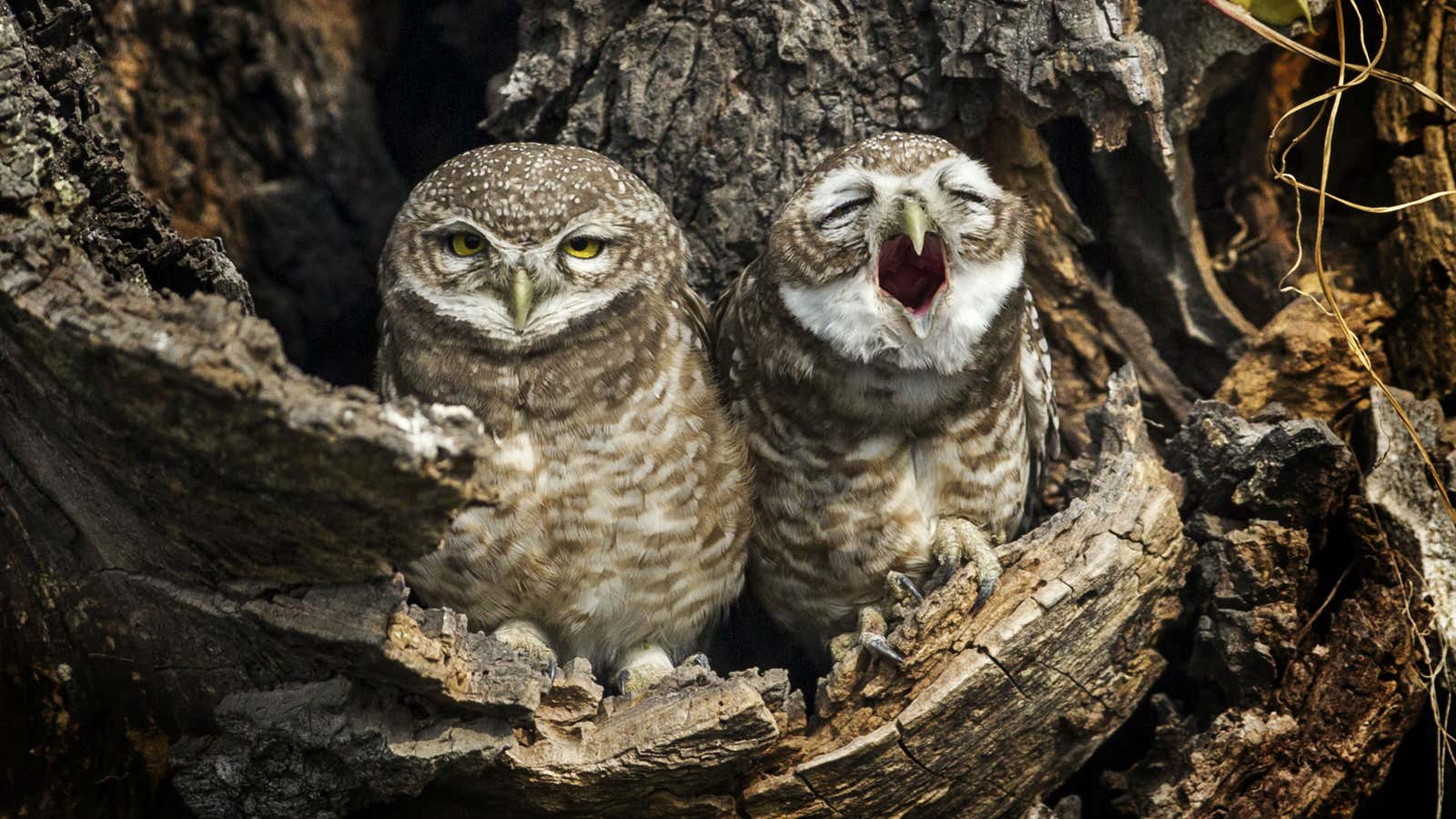The ultimate goal of any conservation scientist is to make sure the planet maintains a healthy degree of biodiversity, or different types of life. That means keeping track not just of the number of animals, but also the number of species.
The easiest way to define a species is to look at who mates with whom: If two animals can produce viable offspring, they’re in the same species. But this biological definition may be too broad to use when trying to keep track of the biodiversity in different parts of the planet. Animals that look distinct and live in different regions but could still technically breed fall under the same umbrella. Even if members are thriving in one part of the world, they may be dying out in another.
Researchers from the University of Washington, the University of Nebraska, Lincoln, and the American Museum of Natural History (AMNH) in New York decided to recount the number of known bird species to try to improve future conservation. Using more nuanced definitions for a species, which included habitat and genetic makeup, they found that rather than 9,000, there’s probably something like 18,000 species of bird worldwide. Their work was published in PLOSOne earlier this year.
The group extrapolated data from two smaller experiments. First, they looked at 200 samples of bird species for differences in the way that they looked, and where they lived. They found that for every one species of bird, there were probably two separate species that could be parsed out, based on natural habitat and physical differences like feather colors. Separately, they analyzed genetic samples from over 400 species of bird and found enough variety among them for 1,000 species instead. Combined, these two analyses suggest that the actual number of global bird species for conservation purposes should be double what it is now—and each may need their own kind of intervention to protect them.
Consider the spotted owl. “The spotted owl is an endangered species out West,” says Joel Cracraft, a curator of the department of ornithology at AMNH and co-author of the paper. “And there are actually three different kinds of spotted owl.” Subspecies of these birds are allopatric, meaning they live in different areas; in this case, western Canada, western US, and Mexico. They’re physically capable of having chicks together, but they’re likely not going to: They don’t migrate, and they mate for life. Over time, these subspecies population have even started to look distinct from one another—the spotted owls in Canada and Oregon are much darker than the other two. Because there’s almost no way that these birds would interact in the wild, Cracraft and his colleagues would consider them entirely separate species.
Fortunately, in the US, this lack of species recognition may not be a problem thanks to some legislature from 1973. “The Endangered Species Act is the best conservation legal instrument in the world,” says Cracraft. It recognizes the need to protect subspecies that may have been classified already based on their location.
But in other parts of the world, the laws are less forgiving. “A biological species could occupy all of Amazonia. But it’s different subspecies are allopatric from one another in different areas, and those are species in our point of view,” says Cracraft. Like most other countries, Brazilian laws don’t consider genetic or location-based subspecies.
Bird are the main victim here; other types of animals, like mammals, already use a more nuanced definition of species to capture all their genetic and geographic distinctiveness. “Most groups of organisms use a species concept like ours for counting diversity,” says Cracraft. “We’re just bringing birds into the mainstream, really.”
